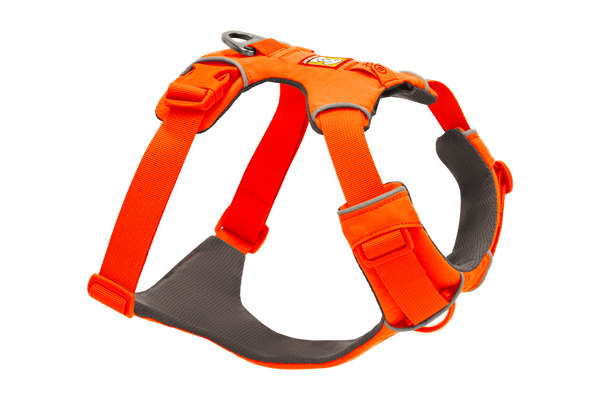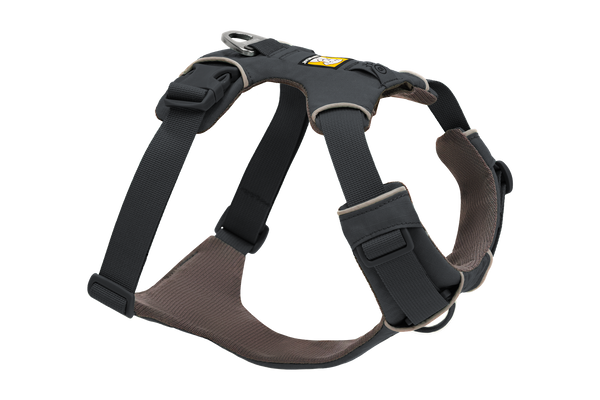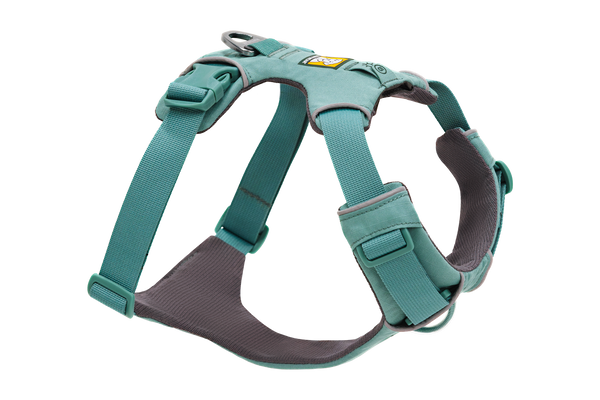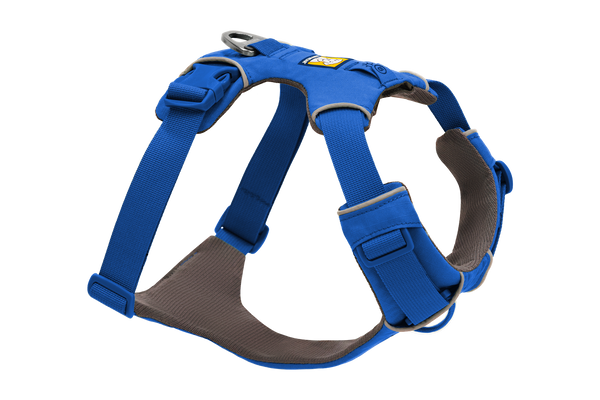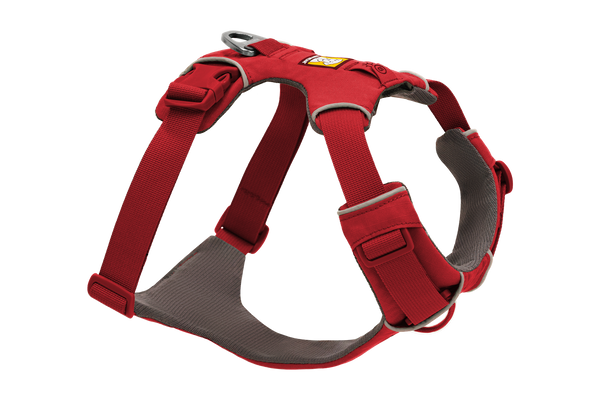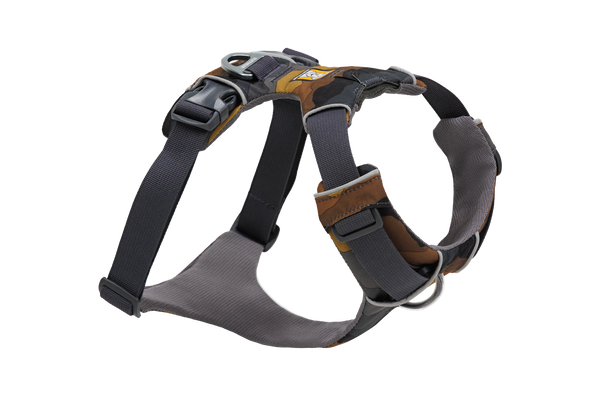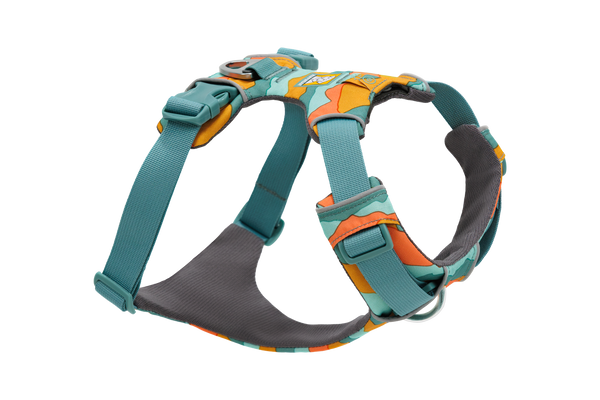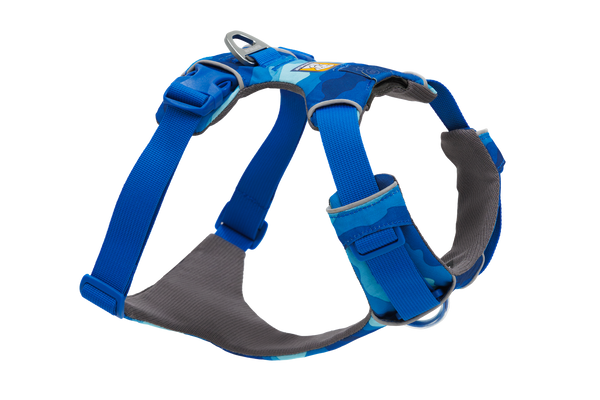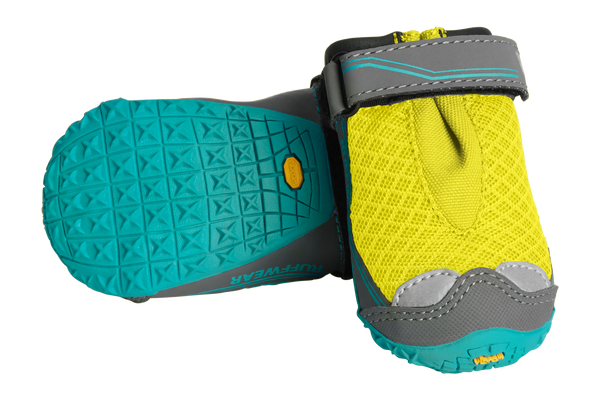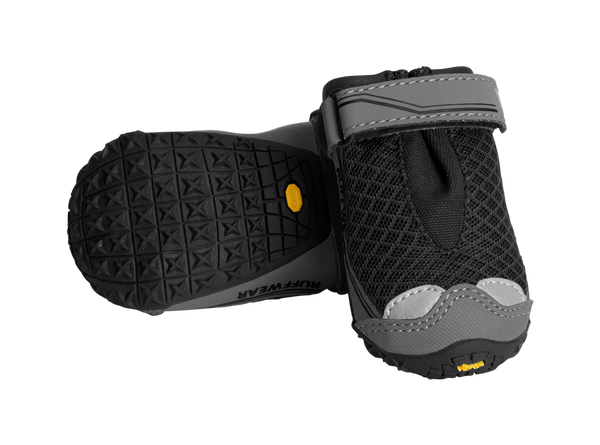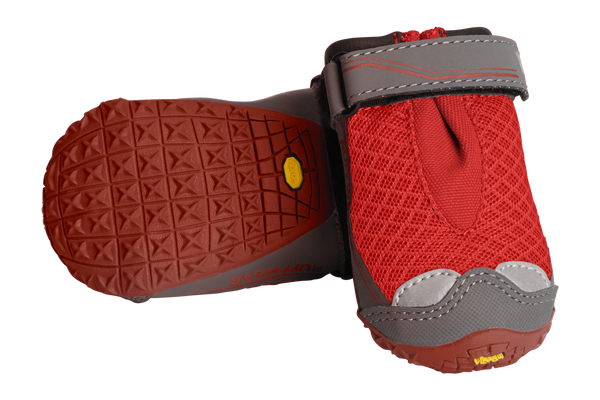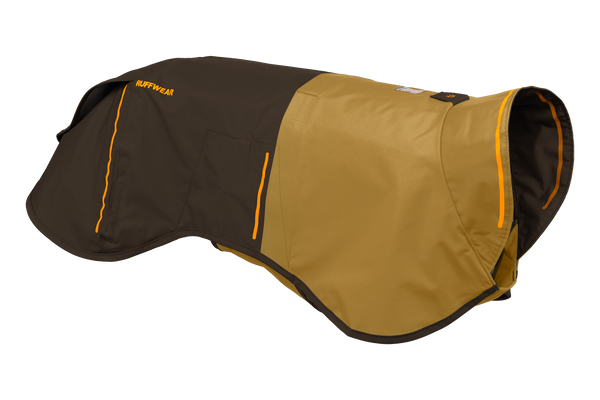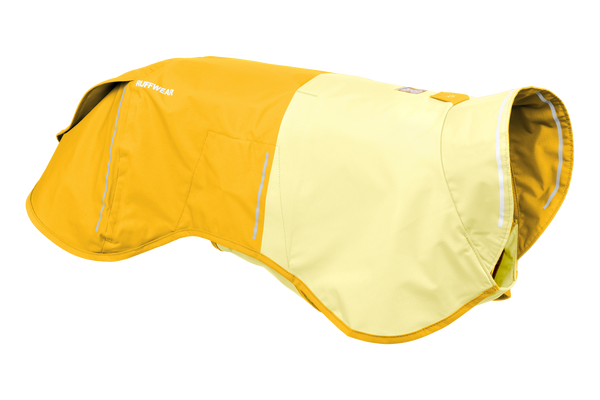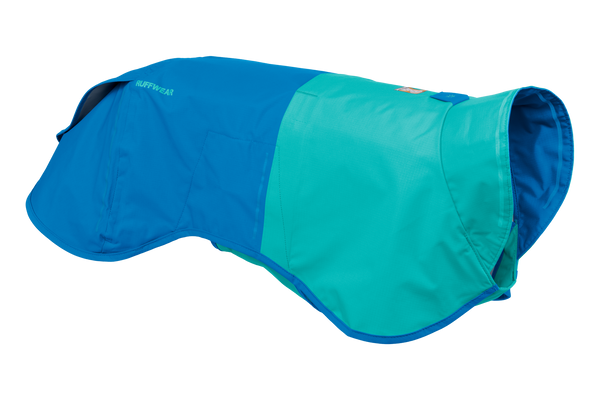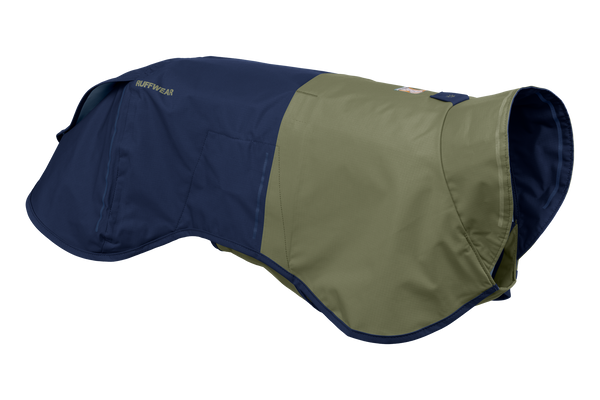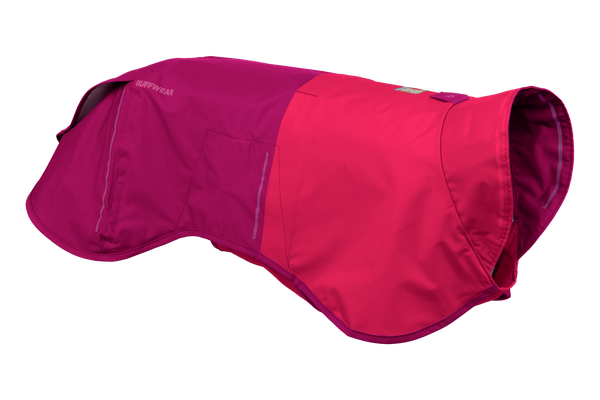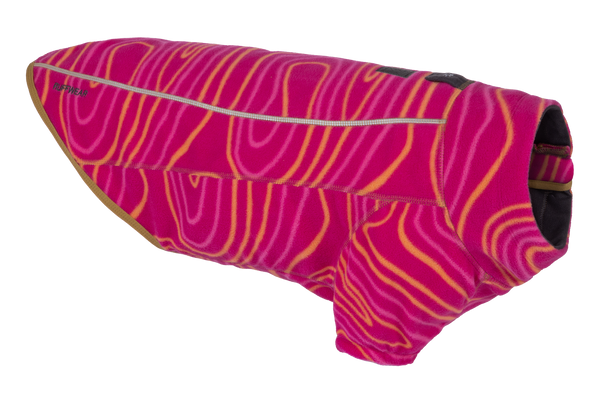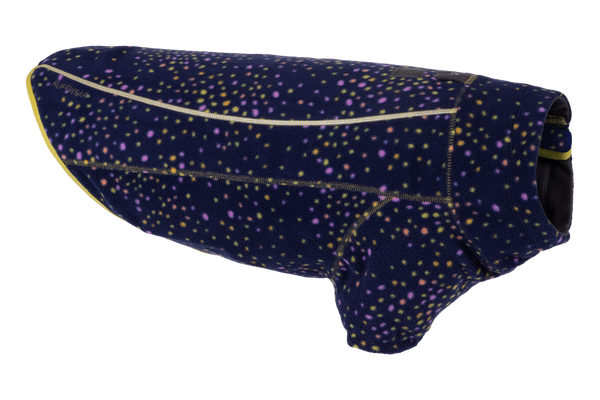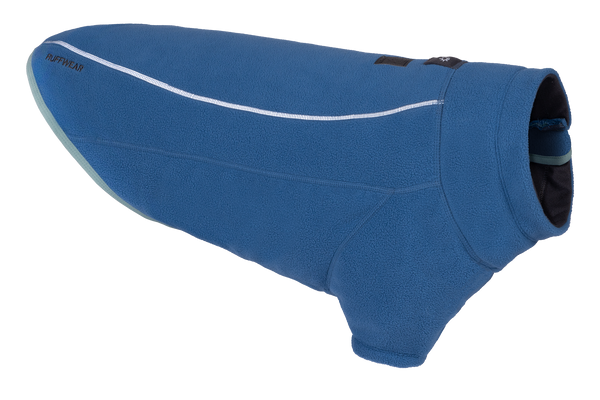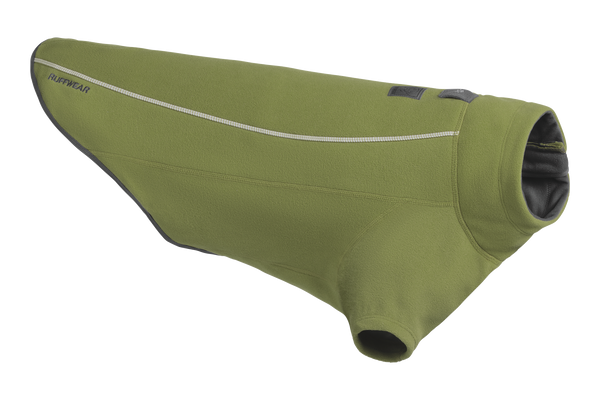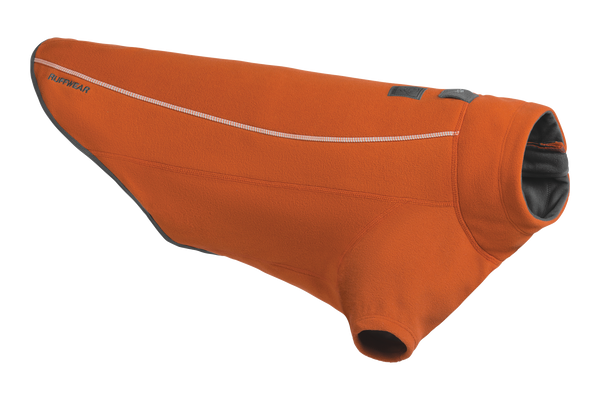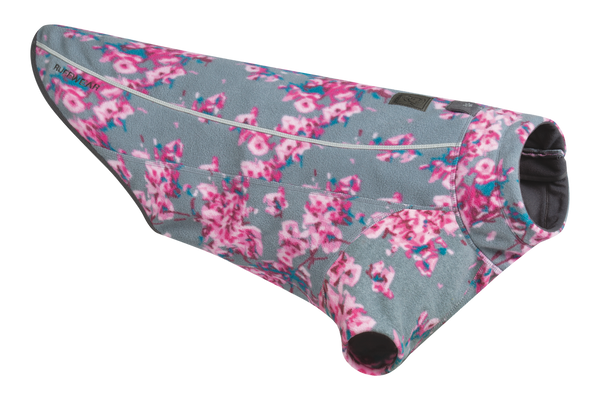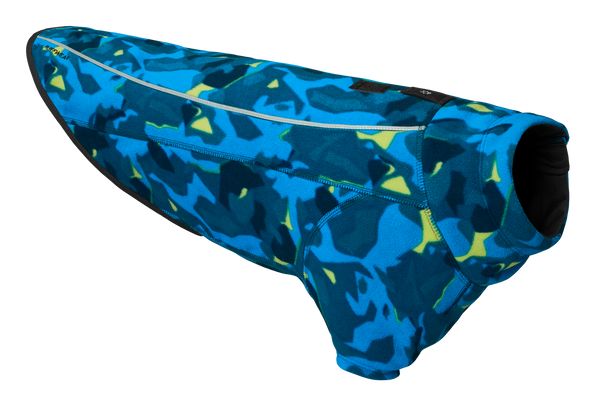Behind the Scenes, Beneath the Snow: Ruffwear Pack Members Attend WBR’s Avy Dog Training
Since 1994, Ruffwear has been committed to providing high quality, durable dog gear to canines and humans exploring the outdoors together. One pack of pups that Ruffwear is particularly passionate about is avalanche rescue dogs, aka, “avy dogs”. These highly trained canines work day in and day out with their handlers to rescue people buried in the snow. As you can imagine, this work requires courage, commitment, and lots of training.

For more than a decade, Ruffwear has worked with avalanche rescue groups to understand exactly what kind of gear these brave dogs need — from the Web Master Pro™ Harness to the Pacific Loop™ and Pacific Ring™ toys, we’re honored to see our gear being used in the field every day. As part of our commitment to ensuring these dogs are adequately geared up, two of our very own Pack members — Mark and Alex — went to participate in a four-day training program put on by Wasatch Backcountry Rescue (WBR), a 501c3 non-profit organization based in the Wasatch Mountains east of Salt Lake City, Utah. WBR trains search and rescue dogs for avalanche rescue, winter related mountain rescue, and medical evacuation incidents.
We spoke with Alex and Mark about their incredible experience at the January 2024 WBR International Dog School training in Little Cottonwood Canyon, Utah.
Interview with Pack member Mark Pikaart
Ruffwear: What was your experience like at the avy dog training with WBR?
Mark: Overall, it was an incredible experience to see the connection between the dogs and handlers while they train and work. Their communication and bond, from how they travel down the mountain to how they work on recovery, is astonishing — these dogs are so focused and ready to work!
Ruffwear: That sounds amazing. What was your favorite part of the training?
Mark: One of my favorite things was being a quarry, where the patrollers bury you in a snow hole in a practice space. The week we were in Little Cottonwood Canyon we had a large amount of snow come through, so it was deep powder for humans and dogs to move in. We would work in tandem with two people buried in two different locations, while one of the WBR instructors would role play as someone who had just witnessed an avalanche.
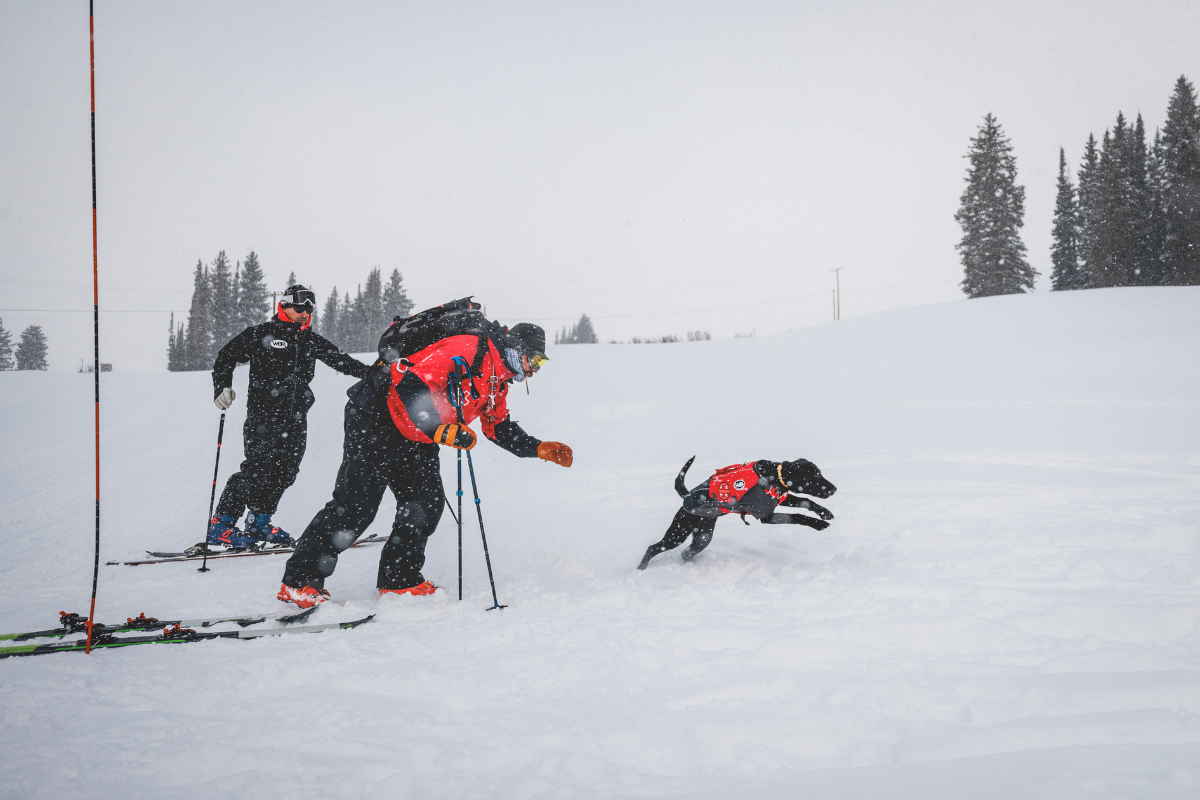
Ruffwear: Tell us about being buried beneath the snow — what was that like?
Mark: Waiting in the dark snow cave to be rescued is a really amazing feeling. It’s dark and cold, but sure enough, after a few minutes, I began to hear scratching and barking up above, followed by Griffin the golden retriever's head crashing into the hole! This was immediately followed by rewarding him with a game of tug and lots of praise.
This was also one of the unique details I learned while on this trip — how important play is as a reward for training these dogs. Before being buried, it was key to connect with the handler and get a quick brief on how to behave once the dog finds you. It’s different with each dog, but critically important that we reward the exact behavior we want and keep the dog’s drive up to continue working. This need was a big driver in the creation of our Pacific Loop tug toy which is very popular with the patrollers, and something that I have since incorporated with my own dog here at home.
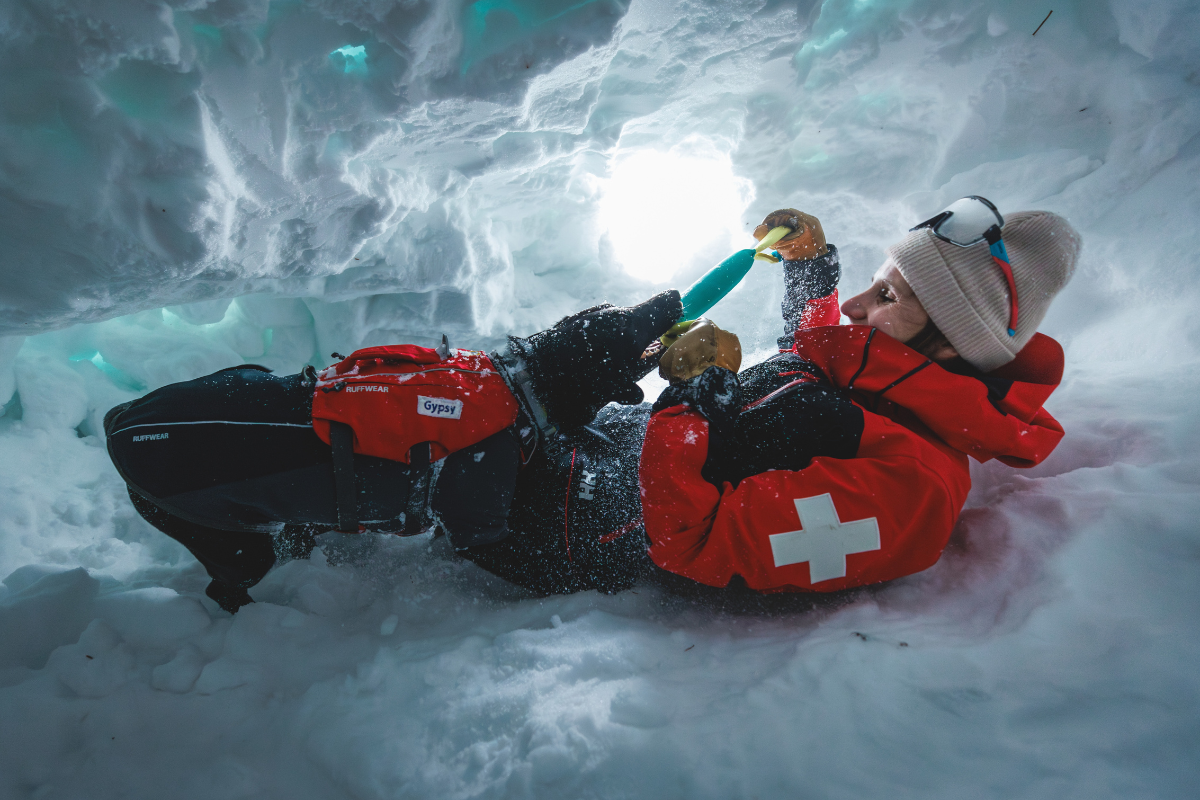
Ruffwear: What a great takeaway! Anything else you’d like to add about your experience at the WBR International Dog School training?
Mark: Another aspect of this session that I really appreciated was the nightly debrief where everyone shares what worked well for the day and what didn't work well. This is a really tight knit community and the openness in which everyone shares their success and failures is something I think is very special, and demonstrates such a great level of people and dogs working together to be our best.
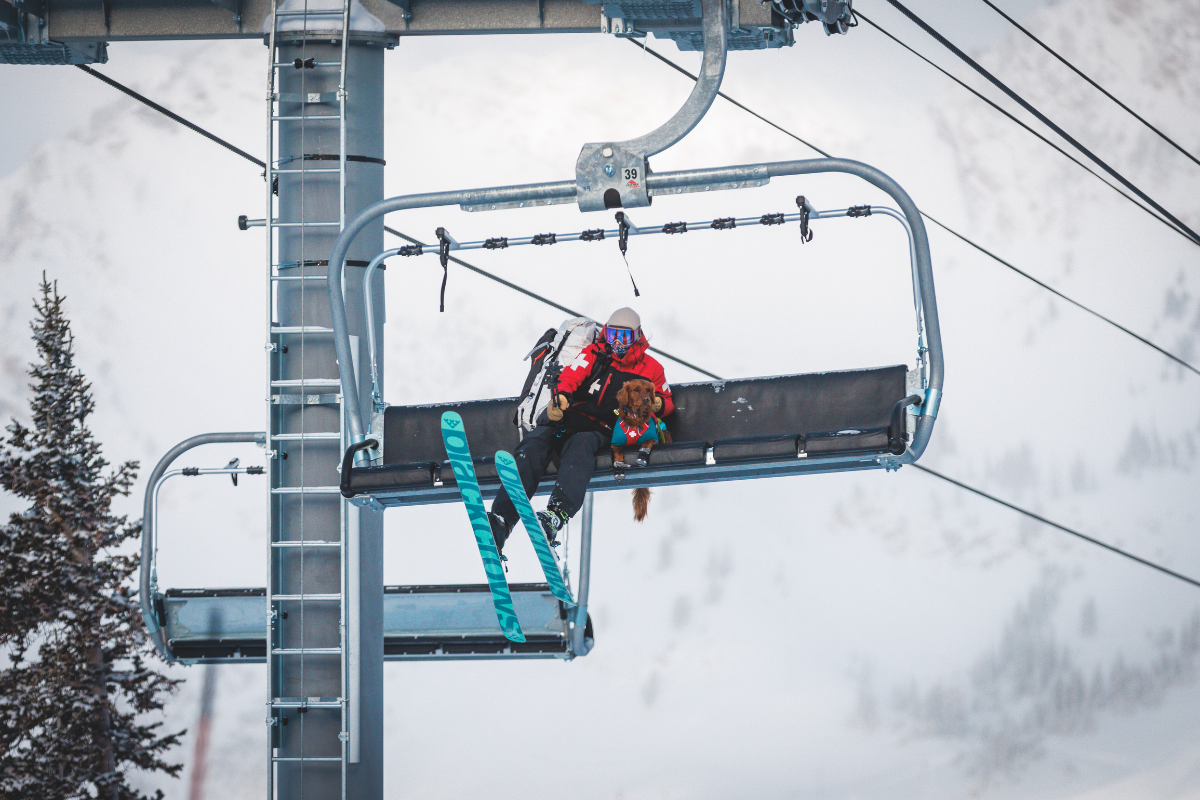
Interview with Pack member Alex Murray
Ruffwear: What was your experience like at WBR’s avy dog training?
Alex: Seeing working dogs in action is always so impressive. I always wonder how much time and effort goes into training, and what techniques are used to allow the dog to understand the task they are being asked to perform. Their main drive for finding someone buried under snow is simply to be rewarded by playing tug with their handler, which I found both incredibly interesting and equally as adorable.
Ruffwear: It is definitely interesting and adorable. What was your favorite part of the week?
Alex: My favorite part of the week was being able to be one of the people "buried" in a snow hole so I could take photos of the moment the dog found us. At first, a paw punched through the snow wall in a digging motion, and then a little sniffing snout poked through the small hole to confirm that there were in fact people there. The paw/snout/head poking through sequence occurred a few more times until the dog was able to make her way into where we were buried. She was promptly rewarded with a long game of tug until her handler came in with a "release" command. It was a very neat moment to witness and be a part of.

Ruffwear: Seeing that paw punch through the snow sounds incredible. Did you learn anything new during the training?
Alex: The main thing I took away from the training was that most dogs can be trained to do anything. They are happy to learn a new task or trick if they can get paid by a toy or a treat. To teach a dog something, they need to work in baby steps to get there. In the case of these avalanche rescue dogs, they start with a human across the snow field being fully visible. They then work their way up to someone across the field yelling and then jumping into the snow, and finally, up to someone just being hidden from the start. It just takes a lot of practice and simulations for the dog to eventually get it perfect every single time.
